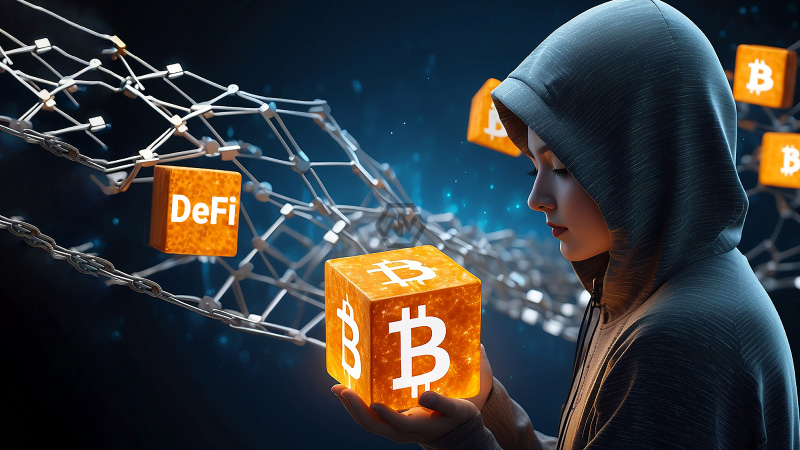- DeFi security challenges in 2025 have shifted from code flaws to complex behavioral and AI-driven threats.
- Whale movements, such as a recent 4,000 ETH deposit, show renewed confidence in DeFi protocols.
- Regulatory pressure and emerging tech like quantum computing demand proactive security innovation.
The decentralized finance sector is undergoing a seismic shift as it confronts increasingly sophisticated security threats in 2025. While early DeFi attacks often relied on exploiting smart contract vulnerabilities, the modern threat landscape is now dominated by socially engineered exploits, AI-generated deepfakes, and vulnerabilities in cross-chain bridges.
Adding another layer of complexity, a recent movement of 4,000 ETH by a well-known Ethereum whale from Kraken to DeFi lending platforms Aave and Compound has reignited market discussions.
Decoding DeFi 2025: New Security Frontiers and Whale Influence
Security in DeFi is no longer confined to smart contract audits. The rise of AI tools, capable of mimicking voices and generating lifelike video impersonations, has brought deepfake scams into the crypto world. These attacks are not just theoretical — they are actively undermining protocol trust by impersonating founders during community governance calls and influencing votes.
Cross-chain interoperability, once celebrated for enabling greater capital flow, is now considered a critical weak point. The decentralized nature of bridges has made it difficult to implement consistent security standards. Attackers exploit these gaps, knowing that a breach in one bridge can ripple across multiple connected protocols, causing ecosystem-wide disruption.
Regulatory frameworks such as the European Union’s MiCA law are forcing DeFi protocols to walk a fine line between compliance and decentralization. Protocols attempting to adhere to jurisdictional requirements are sometimes forced to integrate centralized features, inadvertently opening new vectors for exploitation and undermining user privacy.
Meanwhile, institutional-grade players and whales continue to shape DeFi’s trajectory. The recent whale activity not only boosts short-term confidence but also underscores how influential these entities have become. Their actions offer both opportunities and risks — increased liquidity but also greater centralization of influence in governance and protocol stability.
As DeFi advances, its survival hinges on a shift from reactive patchwork to resilient architecture. The future will favor those who treat security as strategy, not just protection.
“The price of freedom is eternal vigilance.” – Thomas Jefferson



